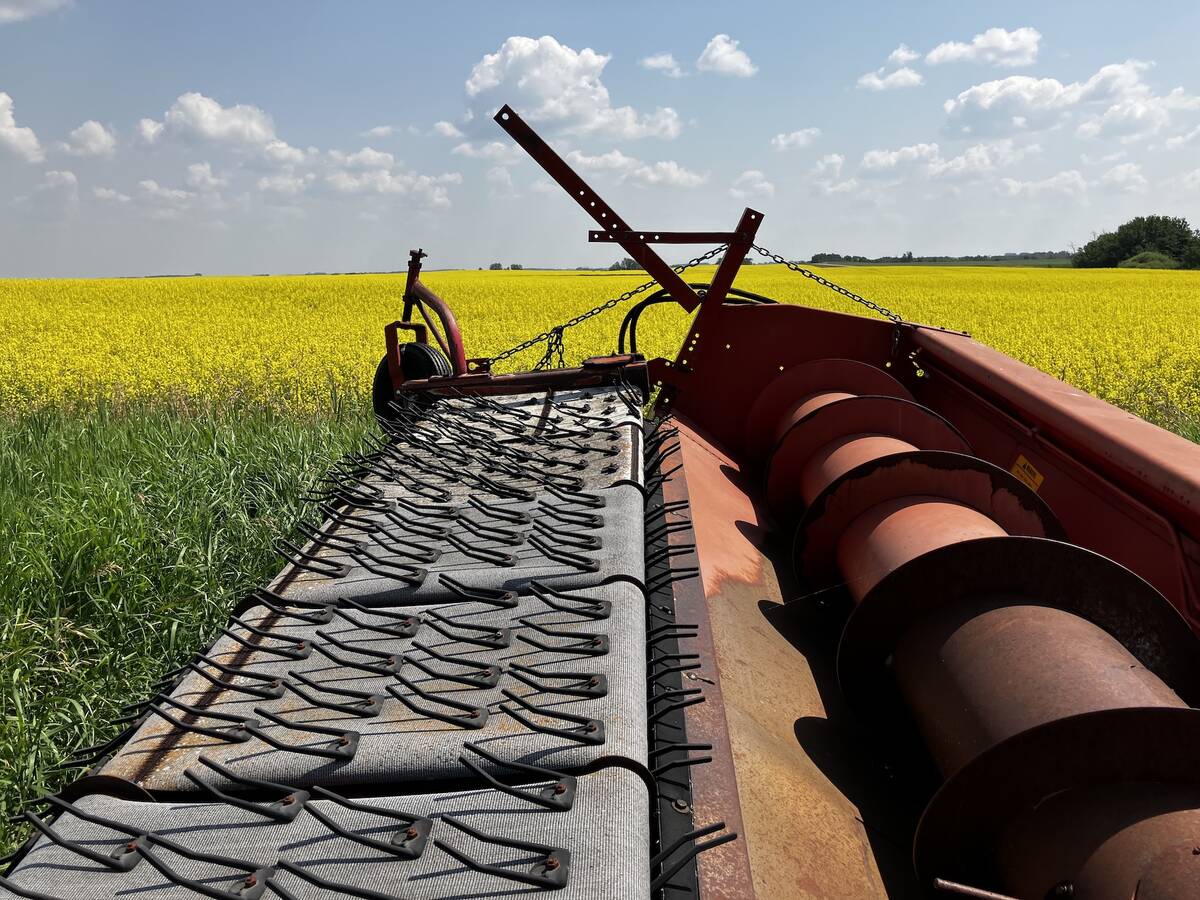After the old crop July canola contract flirted a couple of times with its support level of $600 per tonne during the week of June 17, it closed at $599.40/tonne on the first day of summer.
Where canola goes from here is largely dependent on weather. Should much-needed dry and warm weather not be felt, it could generate greater concerns.
Granted it’s still early for canola, but that’s part of the issue lurking in the background. A significant portion of the 2024-25 crop has been slow to develop. That delay could lead to issues down the road such as disease and possibly frost.
Read Also

Stronger canola prices welcome surprise
Mid-November canola market holding above resistance based on durable demand, resulting in pleasantly higher canola prices for Canadian farmers
But if a hot, dry summer materializes, Prairie farmers could be looking at an ample harvest; ‘could’ being the operative word. That said, some in the trade see a 20-million-tonne canola harvest as possible.
If conditions sour, prices might be able to rise toward the resistance level of $700/tonne, provided there’s enough spillover from Chicago soyoil and other oilseeds. If conditions improve, as in the forecast, canola could punch through its next support level, thought to be around $585/tonne.
Aside from Prairie weather, there are other factors to consider, including two key acreage reports. Statistics Canada releases its planted acres report on June 27. The last estimate of 21.4 million acres was based on surveys completed in December. With canola’s rally into May, farmers might have added more canola to their plans. The question is, how much more?
The United States Department of Agriculture will publish its acre report on June 28. The shifts between U.S. corn and soybeans could influence the course of canola. More bean acres will likely mean weaker prices, with canola feeling the pressure.
Then there’s what has been happening to Canadian canola. On the good side, the Canadian Grain Commission said domestic use remains ahead of last year at 9.84 million tonnes after 46 weeks into the 2023-24 crop year. On the downside, canola exports have lagged this year and were at 5.49 million tonnes.
Agriculture and Agri-Food Canada forecasted 2024-25 ending stocks at 2.5 million tonnes. That might climb higher as we move further into the crop year.















